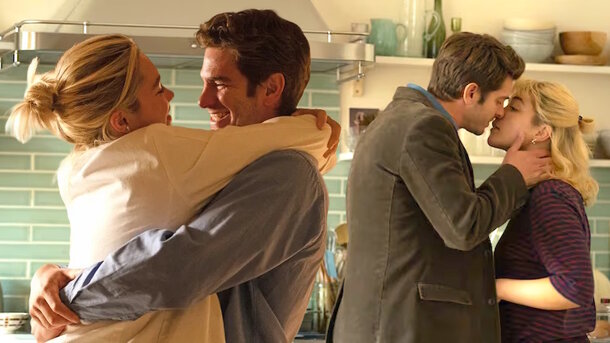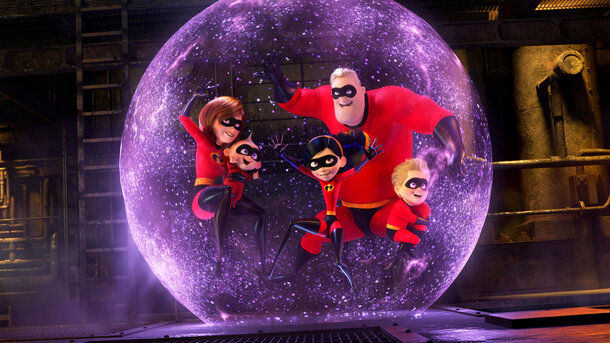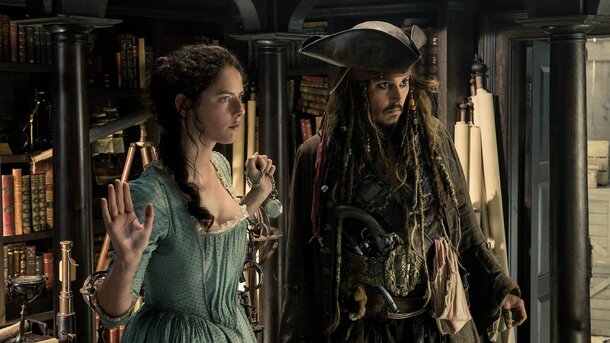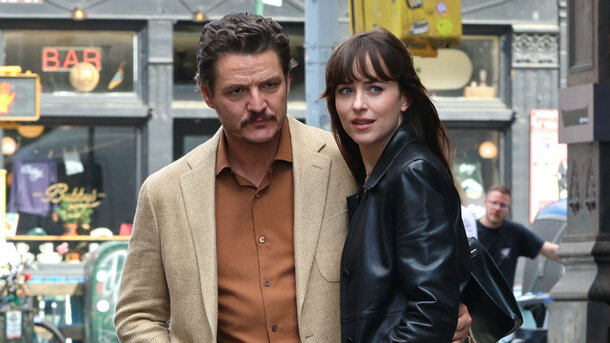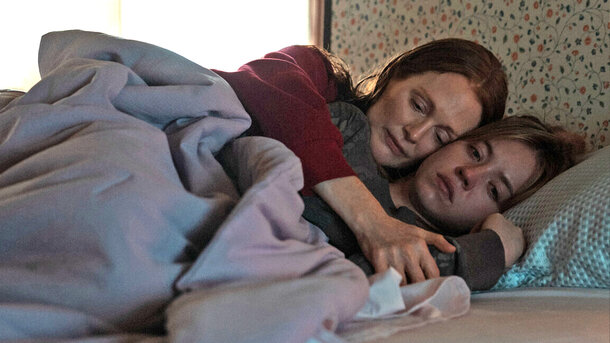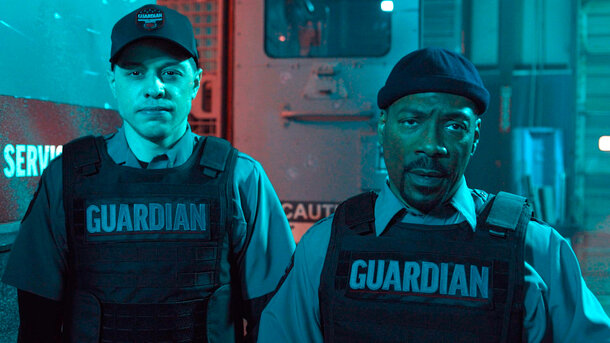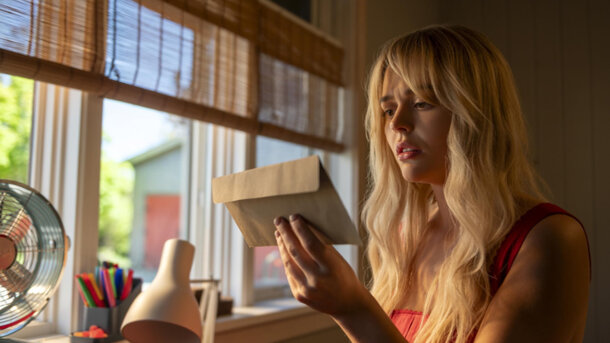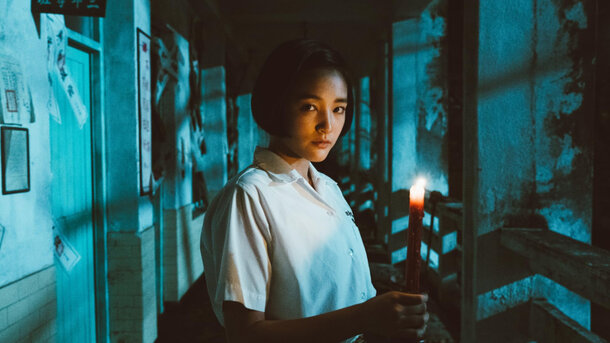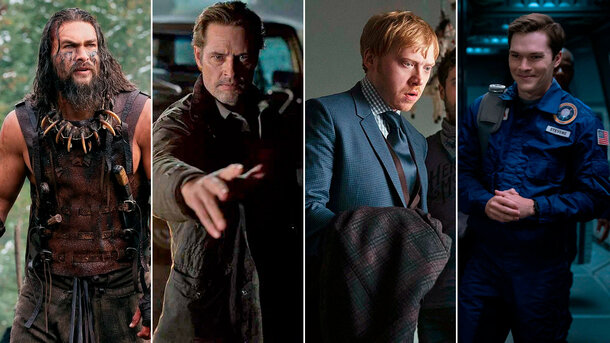When I first heard about We Live in Time, starring Florence Pugh and Andrew Garfield, I was intrigued by the pairing of these two dynamic actors. Their previous performances had left a lasting impression on me, and I was eager to see how their chemistry would unfold in this romantic drama. Little did I know that this film would take me on an emotional rollercoaster, exploring the depths of love, time, and the human spirit.
Plot Overview
We Live in Time presents a non-linear narrative that weaves through the significant moments of Almut (Pugh) and Tobias's (Garfield) relationship. Their story begins with a chance encounter — Almut, a Bavarian-fusion chef, accidentally hits Tobias, a recently divorced Weetabix representative, with her car. This unexpected meeting blossoms into a profound connection, leading them through the joys of falling in love, the challenges of building a life together, and the heart-wrenching trials of illness. The film delicately balances themes of love, ambition, and mortality, inviting viewers to reflect on the preciousness of time.
Director’s Vision
Directed by John Crowley, known for his work on Brooklyn, the film employs a fragmented timeline that mirrors the unpredictability of life itself. Crowley's choice to present the story out of sequence adds a layer of complexity, encouraging the audience to piece together the narrative much like one recalls memories — out of order but deeply connected. This storytelling approach enhances the emotional impact, as we experience the highs and lows of Almut and Tobias's journey in a manner that feels both intimate and authentic.
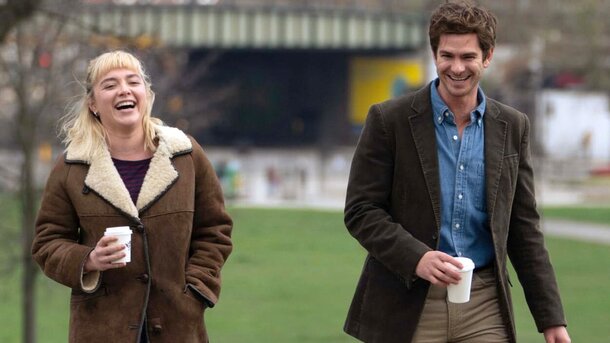
Performances
Florence Pugh delivers a compelling performance as Almut, capturing the character's strength, vulnerability, and unwavering passion for her craft. Her portrayal of a woman grappling with life's unpredictabilities is both nuanced and powerful. Andrew Garfield complements her beautifully, bringing depth to Tobias, a man navigating love, loss, and the desire to support his partner amidst overwhelming circumstances. Their on-screen chemistry is palpable, making their relationship's evolution feel genuine and deeply moving.
Cinematography and Sound
The film's visual storytelling is enhanced by Stuart Bentley's cinematography, which captures the contrasting settings of bustling London and the serene countryside. The use of natural lighting and close-up shots creates an intimate atmosphere, drawing viewers into the couple's world. Bryce Dessner's musical score further elevates the narrative, with compositions that underscore the emotional beats without overwhelming the scenes.
Themes and Symbolism
At its core, We Live in Time explores the interplay between love and time. The non-linear narrative symbolizes the fragmented nature of memory and the way significant moments linger with us, regardless of their chronological order. Almut's battle with cancer serves as a poignant reminder of life's fragility, prompting reflections on how we choose to spend our limited time and the legacies we hope to leave behind.

Final Verdict
We Live in Time is a beautifully crafted film that delves into the complexities of love, time, and mortality. Its non-traditional narrative structure may challenge viewers, but those willing to embrace its unique storytelling will find a deeply rewarding experience. The stellar performances by Pugh and Garfield, combined with Crowley's thoughtful direction, make this a memorable cinematic journey. I highly recommend this film to anyone seeking a poignant and thought-provoking exploration of life's most profound themes.
- IMDb Rating: 7.0/10
- Major Awards: Nominated for Best Director - Film (John Crowley) and Best International Actress (Florence Pugh) at the 2025 IFTA Awards
- Box Office: $53 million worldwide
